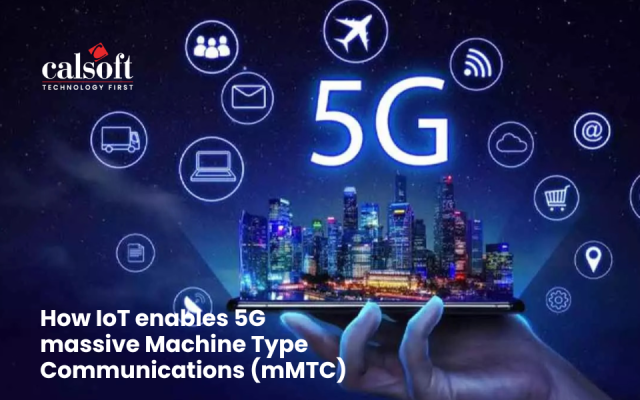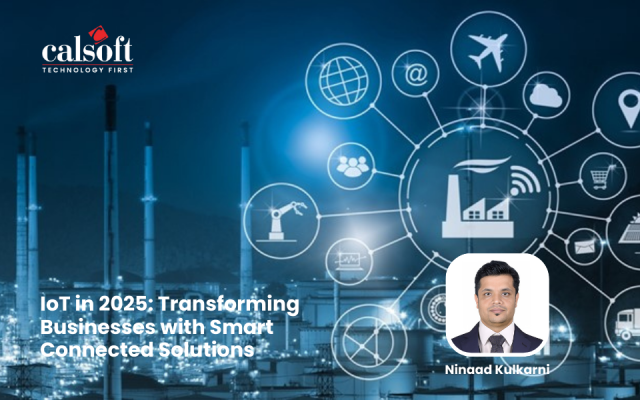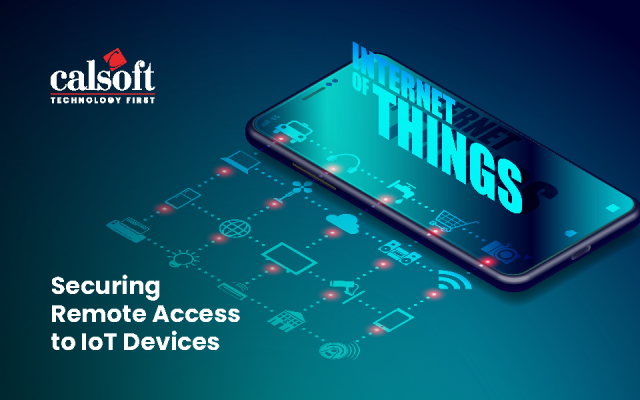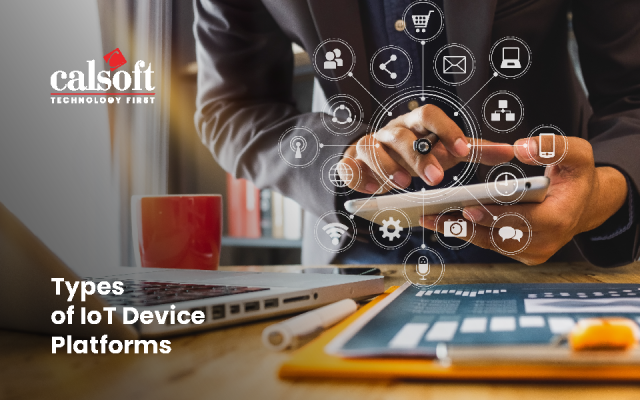With around 30 billion connected devices out there, the Internet of Things (IoT) is no longer just a buzzword. It’s very much a part of our reality. It has already started proving itself useful in the supply chain, manufacturing, automobiles, and predictive maintenance areas. Due to its widespread acceptance, domains like healthcare too are accepting the concept with open arms -as this blog will show.
IoT is being widely used to drive patient-centricity and generate insights about the customer. The growth in the sales of wearable, by a whopping 26% per annum is just a symptom of how entrenched this concept has become. It is driving strategies for the prevention of major health issues. IoT is directly helping patients and sufferers of ailments as well as the doctors and hospitals that treat them.
Let us now look at some specific examples where IoT is proving helpful in healthcare.
Cancer treatment is already using a technology known as CYCORE, which is primarily a Bluetooth-enabled weighing scale which also doubles as a blood pressure cuff. It continuously monitors the impact of cancer treatment. By having real-time insight into how the patients are reacting to the treatment, the doctors can customize the treatment going forward. With this usage of smart technology the patients are exposed to less severe side-effects and can benefit from more proactive cancer treatment.
Remote glucose monitoring. Diabetes is one of the biggest chronic ailments out there. The scale of the incidence of Diabetes is assuming epidemic proportions. Given the scope and severity of the disease, it has proven to be one of the most fertile areas for research and development of IoT applications. A visible application is the CGM or a Continuous Glucose Monitor. This typically monitors the glucose level in the blood of the sufferer for a stipulated amount of time at regular intervals. Anomalies can be spotted through a mobile app, and in case of a warning notification, immediate steps can be taken to thwart an impending attack. This technology is becoming easier to use and more accessible. So much so that it is estimated that in the next two years the number of people in England having a CGM will increase from 3 to 5 % to 20 to 25%.
Connected Inhalers. This area is of special interest to pharma companies looking to treat asthma and other breathing disorders. This is an innovative system where the drug comes packed in its sensor-enabled delivery device. Medical professionals have for long observed that many afflicted patient use inhalers incorrectly. Sensors can not only help correct that but also monitor the amount of dosage being inhaled. This makes the solution very appealing. Especially when coupled with the fact that there will be around 210 million asthma patients in the world by 2023. This has helped this market of digital inhalers extremely lucrative. It is estimated that the market could reach $ 560 million by 2023. Companies like Vectura and Propeller are already major players in this segment.
Ingestible Sensors. This is slated to be a 2-billion-dollar market by 2024. With that firmly in view. This growth and acceptance have been fuelled by the insights these sensors give into the process of digestion and ingestion of nutrients and medicines. With a 20% CAGR, companies like Proteus Digital Healthcare, CapsoVision, Given Imaging, Olympus, Medimetrics, HQ, MC10 & Microchips Biotech have already carved a significant niche for themselves in this market.
Connected contact Lenses “can provide supervision without supervision”. Connected contact lenses have been around for a while now. In 2016 they were touted as the ultimate wearable device. Not only can they enhance our vision by adjusting to the light around but they can also monitor other vitals like glucose levels. Companies like Novartis and Google have teamed up to further enhance the concept to tap into a potentially $ 25 billion market.
Reducing emergency room wait times. Medical facilities like Mount Sinai Medical Centre in New York City have started using IoT to slash the waiting time of patients by around 50%. Waiting for an emergency room is not only painful and potentially harmful for the patient but it is also a symptom of inefficient utilization of the hospital’s resources. Solutions like GE’s AutoBed track the utilities in a facility to generate insights about bed availability. This helps to expedite the allocation to the patient and hence reduces the waiting time.
Ensuring the Availability and Accessibility of Critical Hardware and staff tracking is enabled by the embedding of IoT enabled sensors into ID cards as well as into critical hardware. By geo-tracking, the staff can be located and efficiently deployed. For example, the availability of a nurse once tracked can be leveraged for attending to a critical patient nearby. Similarly, expensive medical devices and hardware can be effectively mobilized to address a patient’s need we know where the equipment is currently being used. In a large medical facility under constant or perennial resource pressure, such solutions can be extremely valuable.
Drug management. This one looks straight out of the science fiction movies. These IoT-enabled capsules are loaded with a grain-sized chip which can communicate with mobile devices. This link can be exploited for triggering timely and proper dosages. They can provide information to the patient as well as the treating doctors and proactively drive actions in case of any need.
These cases are merely examples. They just serve to show what is already possible. To that extent, they should inspire the healthcare providers and healthcare technology solutions providers out there. But these cases also serve as reassurance to those struggling with their own IoT-driven healthtech initiatives. These examples are a sign of what can be achieved -and maybe the next such blog will have a description of your IoT Healthcare solution in it?






